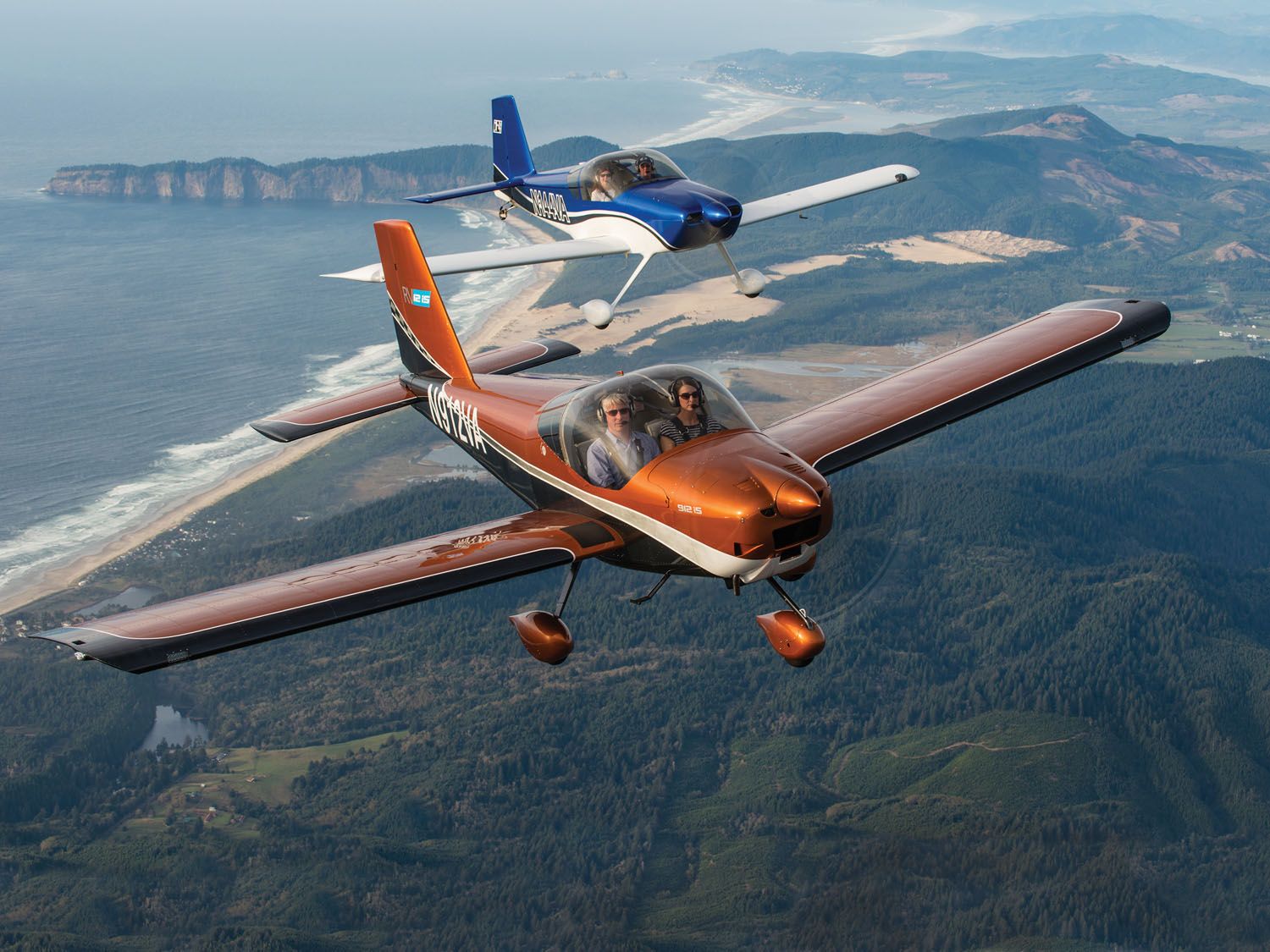
Writing about accidents involving Van’s RV series is both easy and hard.
It’s easy in that the data is extensive. I am reluctant to draw conclusions over a small number of accidents, over a relatively small fleet size. It’s unfair to raise an alarm over, say, the percentage of structural failure accidents if there is only one incident among a half-dozen or so planes in the U.S. homebuilt fleet. Maybe it means something, maybe it doesn’t.
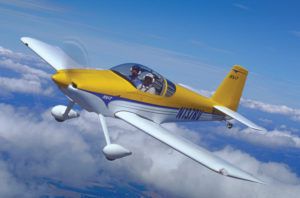
This is not an issue for the Van’s fleet, of course. My 20-year database (1998-2017) shows over 500 accidents in the U.S., and Van’s reports that over 10,000 RV aircraft have flown.
Where it gets hard is that there are a lot of RV fans out there who can get quite testy if they feel their favorite plane has been slighted. The people who operate Oshkosh don’t like it when I’m being chased around by folks waving torches and pitchforks.
I won’t need my asbestos photographer’s vest this year, I think. Good news (mostly).
Models Addressed
There are a lot of RV models, from the original RV-1 to the RV-14, with both taildragger and tricycle versions of many types. For the most part, we’ll turn most of our attention to models that saw 25 or more accidents in the 20-year period covered by my database. The RV-10 and RV-14 are below that threshold, as are the RV-3 and Experimental/Amateur-Built (E/A-B) versions of the RV-12. Most -12s are registered as Light Sport, and my database covers only E/A-B aircraft.
This leaves us with the RV-4, RV-6, RV-7, RV-8 and RV-9.
Of the RV series, the RV-6 has the most accidents—in fact, there are more RV-6 accidents in my database than those involving the RV-7, RV-8 and RV-9 combined. But it’s the most-produced plane of the line, with almost twice as many examples on the FAA registry as any other Van’s model. It was replaced in the catalog by the RV-7 in 2001, only a couple of years after my database starts. The RV-6 is popular on the used market. Roughly half are owned by someone other than the original builder.
Pilot Miscontrol
The leading cause of light aircraft accidents is mistakes involving the pilot’s stick-and-rudder skills, a term I’ve dubbed “pilot miscontrol.” This includes events like inadvertent stalls, loss of directional control on landing and takeoff, under- or over-shooting landings, etc. It doesn’t include judgment errors such as running out of fuel or continuing VFR into IFR conditions.
Figure 1 shows the percentage of accidents caused by pilot miscontrol for Van’s aircraft. Overall, the RV series sees about the same percentage of pilot miscontrol accidents as the overall homebuilt fleet. But the RV-6’s results are a bit higher than average. Fifteen years ago, the NTSB noted that the tricycle-gear version of the RV-6 (the RV-6A) seemed to have a higher incidence of accidents where the nose gear leg collapsed due to runway conditions or the pilot bouncing on landing.
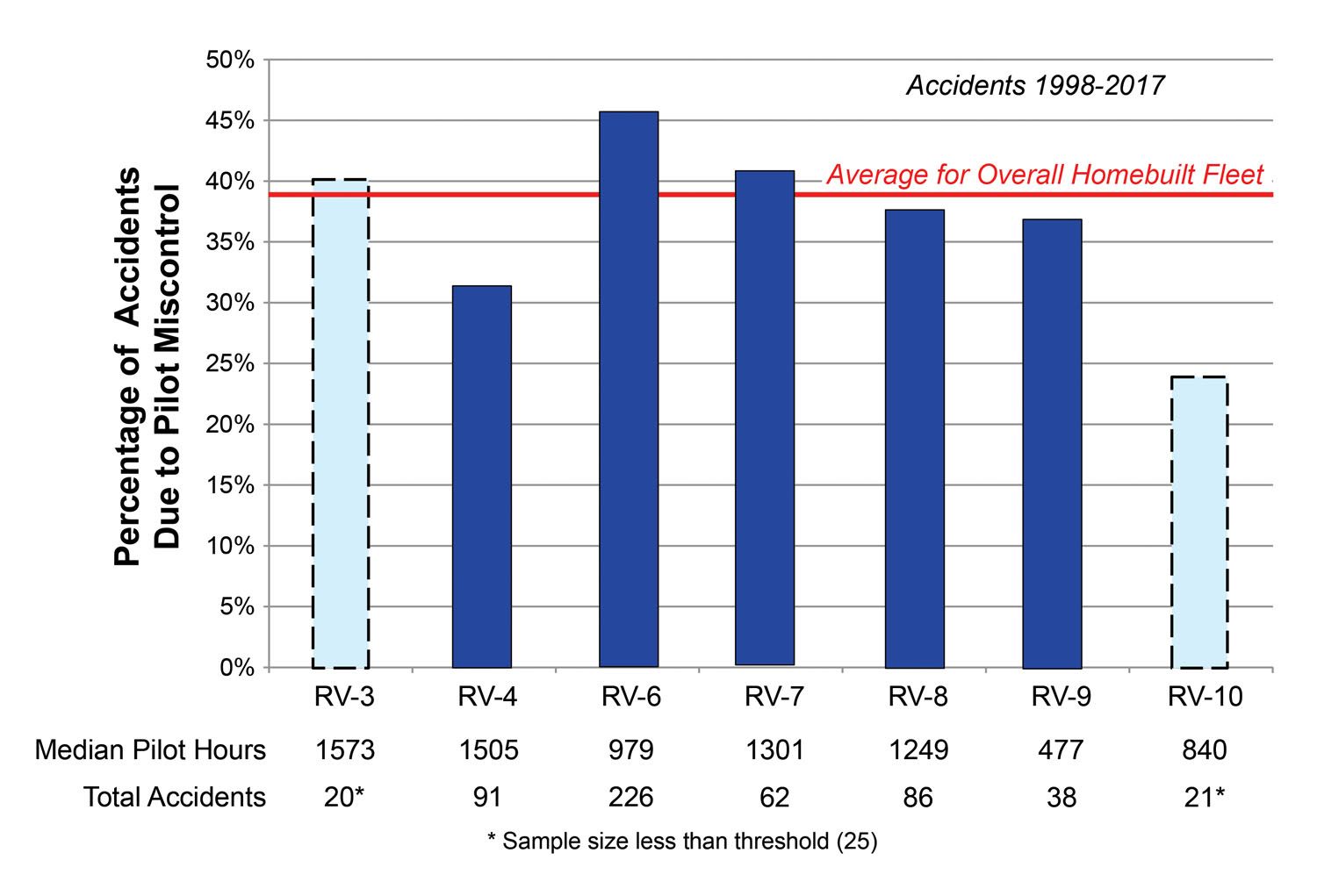
Most cases were assessed as the fault of the pilot (e.g., pilot miscontrol), but Van’s did change the design to provide more clearance. Purchasers of used RV-6A aircraft should check if the upgraded design is installed.
The accidents involving RV-6 taildraggers do exhibit a lower pilot miscontrol rate than their nosewheel counterparts (44% vs. 47%). However, the records also show that the taildragger pilots involved have about twice the total flying time—a median of 1563 hours, vs. 797 hours for the nosewheel versions. This could easily account for the difference, though the past nose gear issues must be considered as well.
The RV-9’s results are interesting. The aircraft was developed to appeal to those looking for cross-country efficiency, rather than aerobatic capability. The plane offers “docile and easy” handling according to the company web page.
If it’s so “docile and easy,” why does the RV-9 have about the same pilot miscontrol rate as its stablemates?
Pilot experience is the answer. The RV-9 pilots involved in accidents have a median total time that’s less than half of the RV-7 and -8 pilots.
The fact that the RV-9’s miscontrol rate is no worse than the “hotter” airplanes shows that the RV-9 is more tolerant of less-experienced pilots.
Other Causes
Figure 2 compares the percentage of other causes of accidents, with the top bar in each group showing the percentage for the overall homebuilt fleet. Some of the models haven’t yet had accidents related to particular categories, so their bar doesn’t appear.
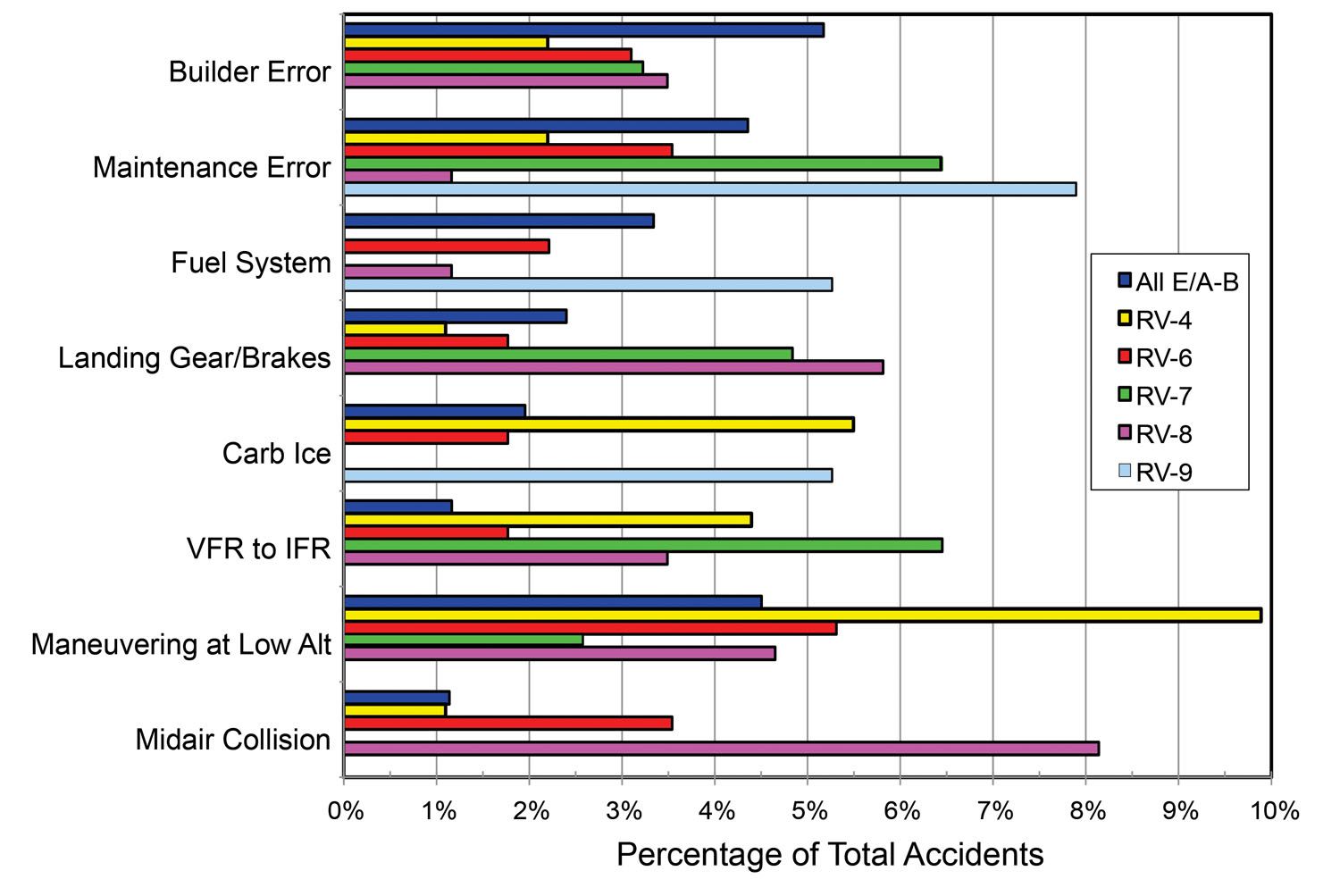
The RV series has a lower percentage of accidents due to mistakes during the building process (builder error). Two factors are at work here, I believe. First, Van’s has been selling aircraft kits a long time. They’ve had decades to refine what goes into their manuals and make the process clear.
Second, the RV series has a huge network of builders. It’s very easy to get questions answered and to get an experienced eye examining the project during construction.
Looking at the data, it appears that RV-4 owners are more susceptible to the siren call of the buzz job or low-level aerobatics. The rate is more than twice that of the overall homebuilt fleet and almost twice the nearest member of the RV series. Seven out of the nine cases were purchased aircraft, not RV-4s flown by the original builder. But then, the RV-4 is another older model where examples are more likely to have changed hands.
Second, the RV-8 has a disproportionate number of midair collisions, nearly eight times the overall E/A-B rate. Seven out of 86 RV-8s in accidents were damaged in midairs.
Six out of those seven involved formation flight. Even the seventh occurred to RVs in formation; an RV-8 in the formation collided with a separate aircraft. In comparison, the GlaStar series suffered about two-thirds the number of accidents as the RV-8, but only two were midairs and neither involved formation flying.
The RV series has a higher midair collision rate: 3.1% vs. 1.1% for the overall U.S. E/A-B fleet. Out of 18 homebuilts damaged or destroyed in formation-related accidents, only seven weren’t RVs!
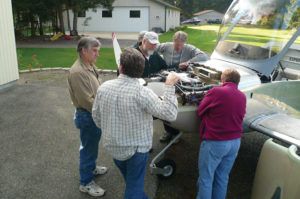
Power Loss
Nearly a third (31.7%) of E/A-B accidents begin with the loss of engine power. It might be due to a fault in the engine, or problems in the fuel system, or the pilot running the fuel tanks dry. The overall Van’s fleet is slightly lower (29%), but the RV-9 is significantly higher: 42%.
Figure 3 shows what types of engines were installed in accident aircraft. Most of the RVs in an accident used either traditional engines (Lycomings, Continentals) or similar aftermarket traditional-style engines (Superior, etc.).
But almost 30% of the RV-9 accidents involved aircraft with auto-engine conversions. This is probably a factor in its higher rate of power-loss accidents.
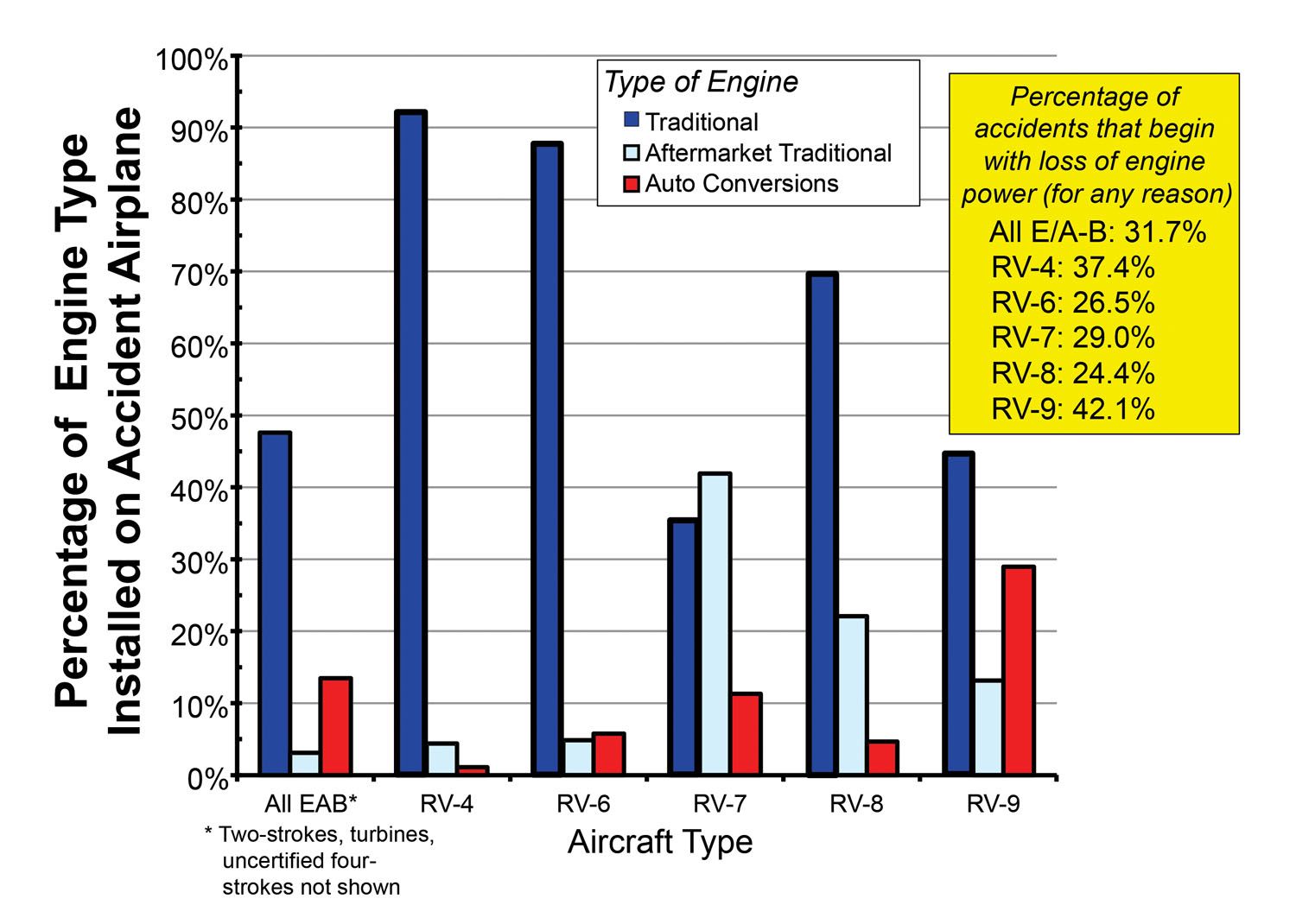
Accident Rates
When analyzing aircraft accidents, there’s a fundamental bit of data we’d all like to know: How often does that model of aircraft crash?
It’s easy to compute the accident rate for a given year: Divide the number of accidents by the number of aircraft on the FAA registry.
But this doesn’t provide consistent results. The number of RV-6 accidents every year has varied from four to 17. Each year’s fleet accident rate will thus vary wildly, and comparing rates year to year wouldn’t tell us anything.
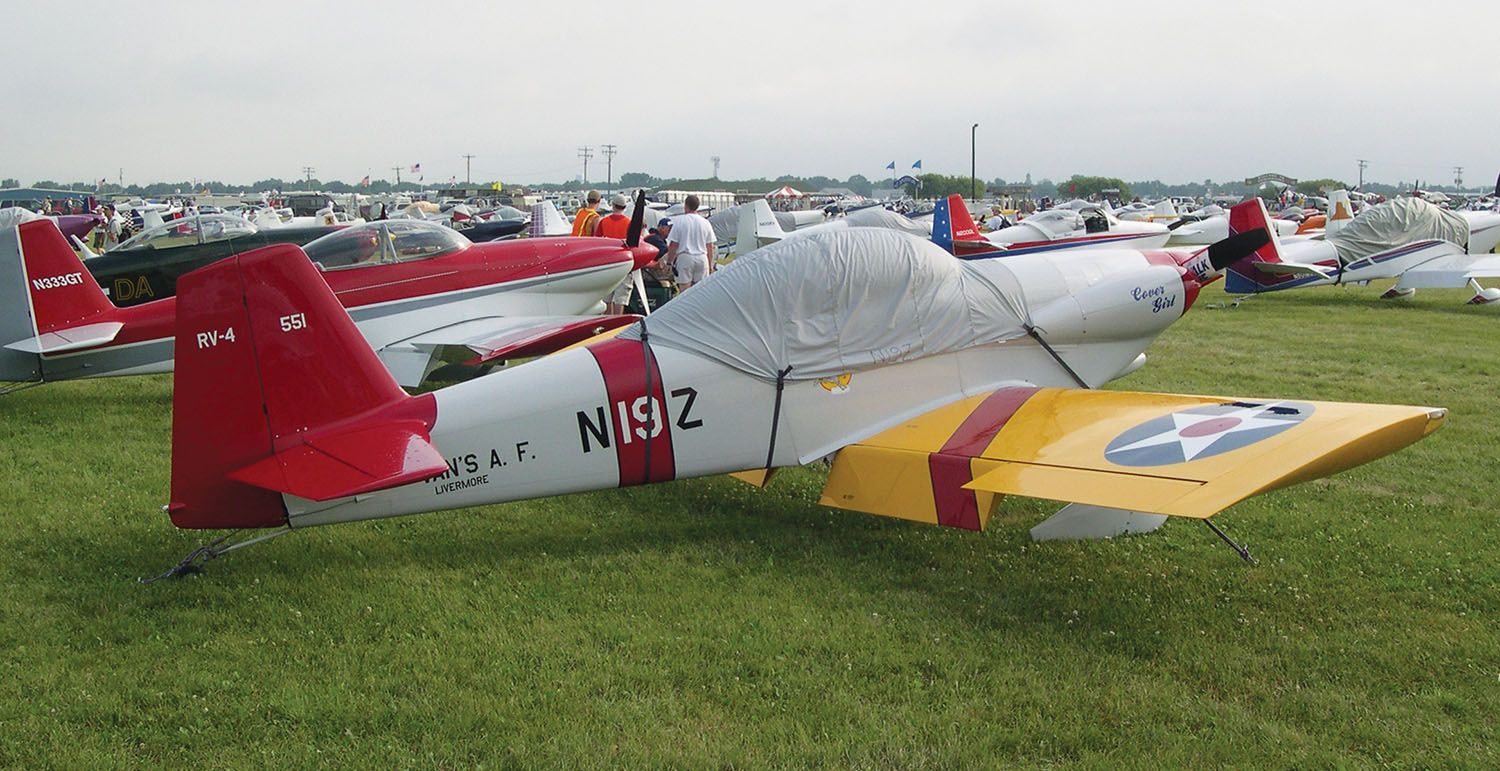
I’ve developed an alternative process to try to “smooth out” these variations. Instead of a year-by-year computation, I compare the average yearly accidents over the entire 20-year database1 with the number of aircraft registered on the final year of the sample. This produces what I call the average annual fleet accident rate. Figure 4 shows the results when RVs are compared to other popular homebuilts.

The RV-7, RV-8, RV-9, and RV-4 have the four best scores among the homebuilts that met my 25-accident threshold. In fact, the RV-7’s 0.34% is less than half the rate for the overall homebuilt fleet (0.71%).
The RV-6 is a bit higher than the -4, -7, -8, and -9, but still below the overall E/A-B fleet average. While they don’t meet my 25-accident minimum, both the RV-3 and RV-10 are comfortably below the fleet average, as well.
Another bit of good news is that the number of RV accidents every year has remained roughly constant for the past 15 years. Pretty impressive, when you consider that literally thousands of RVs have been added to the registry within that time. That means the accident rates are trending downward.

Wrap-Up
Safety-wise, things look good for RV owners. The entire series was better than average in many key accident categories. And, of course, its fleet rate is the lowest in the sport.
Certainly, this excellent record owes a lot to the company itself. The RV line benefits from continued improvement in safety via evolution over the past 40-plus years—coupled, of course, with a positive safety culture within the company.
However, I think the key factor in the RV’s record is the support available from other builders and owners. Prospective builders can get advice, builders with construction problems can get help, and builders facing their first flight can get the training and help needed to make their airplane a success.
When nice things are said about the RV series in magazines like KITPLANES, there are always those who claim the magazine is just “kissing up” to a major advertiser.
But I’m a freelancer; making Van’s happy doesn’t affect my payday. I’ve flown mostly Fly Babies for the past 33 years, with no real urge to switch. I haven’t even sat in an RV since the mid ’90s.
I used the same analysis process on Van’s airplane as on the overall fleet—and was mightily impressed with how the RVs came out. Well done, Van’s.
1The process is altered slightly for aircraft (such as the RV-9) that were not introduced prior to the start of the 20-year sample (1998).



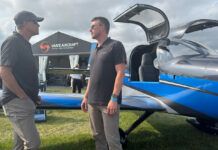
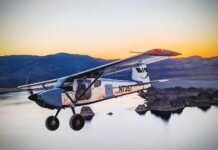





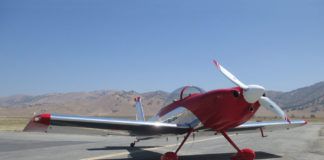
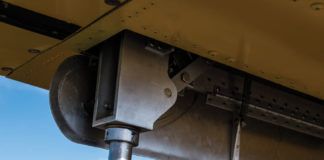
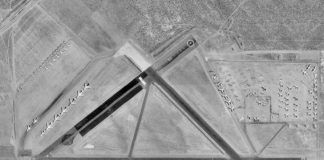
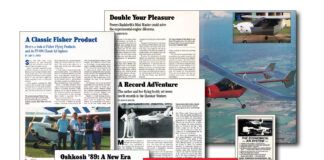
Hi,
Thanks for writing.
I’d like to know if your database for the article is publicly accessible.
Thanks.
The NTSB database is publicly accessible:
https://app.ntsb.gov/avdata/Access/
Download “avall.zip”.
My personal database is based on this. The zip file has an Access database that contains all the accident data, a catalog of terms, and some basic search tools.
The one and only thing that has bothered me on VAN’s designs is the number of RV-10’s that have lost a door in flight or had the hinges damaged by leaving the door open and it getting hit by wind/prop wash. Many of these seem to go unreported. And as you said if you raise this point the community acts like you are talking blasphemy. The communities response is always well make sure the door is shut and install detectors, follow check lists, etc which does help mitigate the risk, but when several RV-10 owners have a policy of never letting a passenger shut the door you have to question — could the design be updated so there is a speed in which the plane could be flown with the door ajar safely. There was one fatality (N924WY) when a door opened on a initial test flight and the pilot crashed, this is listed as a loss of control in the faa database. Luckily none of the other ones I’ve read about have had the door damage the plane or something/someone on the ground. If not for this I would probably be building a 10 right now. I’m sure I’ll get flamed for posting this, but ask the author to take a peak at this statistic. Van’s otherwise have shaken out many design issues and have very nice planes, I would still and have flown in 10’s so I do like them.
Well, one thing to remember is the reportability criteria for aircraft accidents, which in is NTSB Part 830:
https://www.law.cornell.edu/cfr/text/49/part-830
It defines “aircraft accident” as, “…an occurrence associated with the operation of an aircraft which takes place between the time any person boards the aircraft with the intention of flight and all such persons have disembarked, and in which any person suffers death or serious injury, or in which the aircraft receives substantial damage. ”
An aircraft damaged by wind while parked won’t qualify, unless there are occupants onboard. There’s also the “substantial damage” requirement, which the NTSB defines as “…damage or failure which adversely affects the structural strength, performance, or flight characteristics of the aircraft, and which would normally require major repair or replacement of the affected component.”
This can be arguable, ESPECIALLY in the case of homebuilt aircraft. There’s a long…and might I say, “proud” history of homebuilders hiding accidents from the federales. When a member of my EAA chapter had an engine failure during takeoff during a chapter party, the members ran out and hauled the pieces back into the man’s hangar before the police showed up.
So it’s not a reflect on the RV community itself if incidents like these aren’t reported. I’d probably do the same thing myself, if I thought I could get away with it. You might survive the accident, but NO ONE survives the FAA. 🙂
Looking in my database, I find two reported (repeat, REPORTED) accidents that involved the RV-10 doors. One is the fatality you mention (CEN17FA035), the second was a non-fatal case about ten years earlier (NYC07LA237). The second case is door lost for unknown reasons, pilot landed without injury. In the fatal case, the NTSB lists the door loss as a distraction that led to the pilot’s loss of airspeed management.
Other types in the homebuilt fleet have suffered spates of accident related to canopies coming open. The Lancair two-seater line had a series of them a while back; I lost an acquaintance in one of them. In most cases, the aircraft companies have verified that the aircraft is controlable. The usual conclusion is that the pilot *could* have controlled the aircraft, but was too inept, distracted, or scared to do so.
Me? I fly an open-cockpit airplane. I’m scared ALL the time. 🙂
The tendency to blame the pilots and automatically absolve the aircraft is, again, not unique to one particular aircraft type. If you get a chance, read Tom Wolfe’s “The Right Stuff,” where he gets pretty thoroughly into this mindset as part of the test pilot community of the 1950s. This is, unfortunately the legacy that carries to this day: “It’s never the airplane’s fault. If he’d been a better pilot, he’d be alive today.”
As part of my analyses, I’ve had to read about 4,200 homebuilt accident reports. Yes, the human factor is a major part of most of them, and, yes, many accidents could have been avoided if the pilot had been better skilled or less prone to panic. Mistakes do happen. Yes, we should be looking at ways to REDUCE the impact of less-than–ideal pilot skills. But I generally don’t see “idiots” flying the airplanes in the accident reports; I often just see a reflection of myself, and the kind of mistake *I* might make, with a touch of bad luck and a bit of a mental lapse.
There are RV guys, like there are Lancair guys, Glasair guys, and Zenair guys, who think their airplanes are perfect. And there are people in those communities who are working to make their planes better, too, and less prone to trip-up the less-experience pilot.
Flying a wood-and-fabric single-seater for the past ~30 years, I tend to joke a lot about RVs. But in honesty, I really like the aircraft, and believe most of the community is committed to improving the breed.
And I don’t *really* think they’ll come after me with pitchforks and torches. 🙂
So what does Cessna say you should do when your door comes open in flight? (Swear), land, close the door, continue the mission.The side window pops open in flight. Same answer. In fact, the door window on a C150/152 can be open in flight at the PIC’s discretion. Says so in the POH.
On the other hand, loss of canopy in any RV is far more serious. But, if you can manage to keep the plane level, and slow to stall plus about 1.3, in most cases you will be able to land safely.
For the RV accident rate story can Ron expand on why RV8s where involved in more formation accidents and if they where major or minor incidents ?